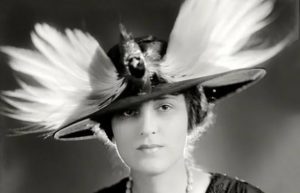March is women’s history month and the library blog is celebrating by featuring posts from authors around the university about the lives and writings of women. Our second post in our series is by Rebecca Norman, a third year student on the BA History course. She explains the topic of her dissertation and how it helps us understand the lives of lower and middle class British women. Thank you for writing for us, Rebecca! This post has been guest edited by School of History and Heritage administrator, Emily Hanson. We would love to hear your comments and questions about the posts: please tweet us @GCWLibrary, email us at library@lincoln.ac.uk, or tell us your thoughts in the comments section at the end of the post.
When my grandpa found out I was writing my undergraduate dissertation on Denise Robins’ popular romance fiction, he commented that:
‘You don’t need to be paying to read that rubbish at University, your grandma has plenty on her kindle!’
Somehow, in his initial pride that his granddaughter was studying a ‘proper’ subject like History at university, he had not envisioned me carrying out a research project on what is widely regarded as ‘trashy’ fiction; but I’m about to finish off 10,000 words on the gender identities constructed and communicated in popular romance novels of the 1930s.
Continue reading “In Defence of the Trashy: The Significance of Popular Romance Novels for Women’s History”

